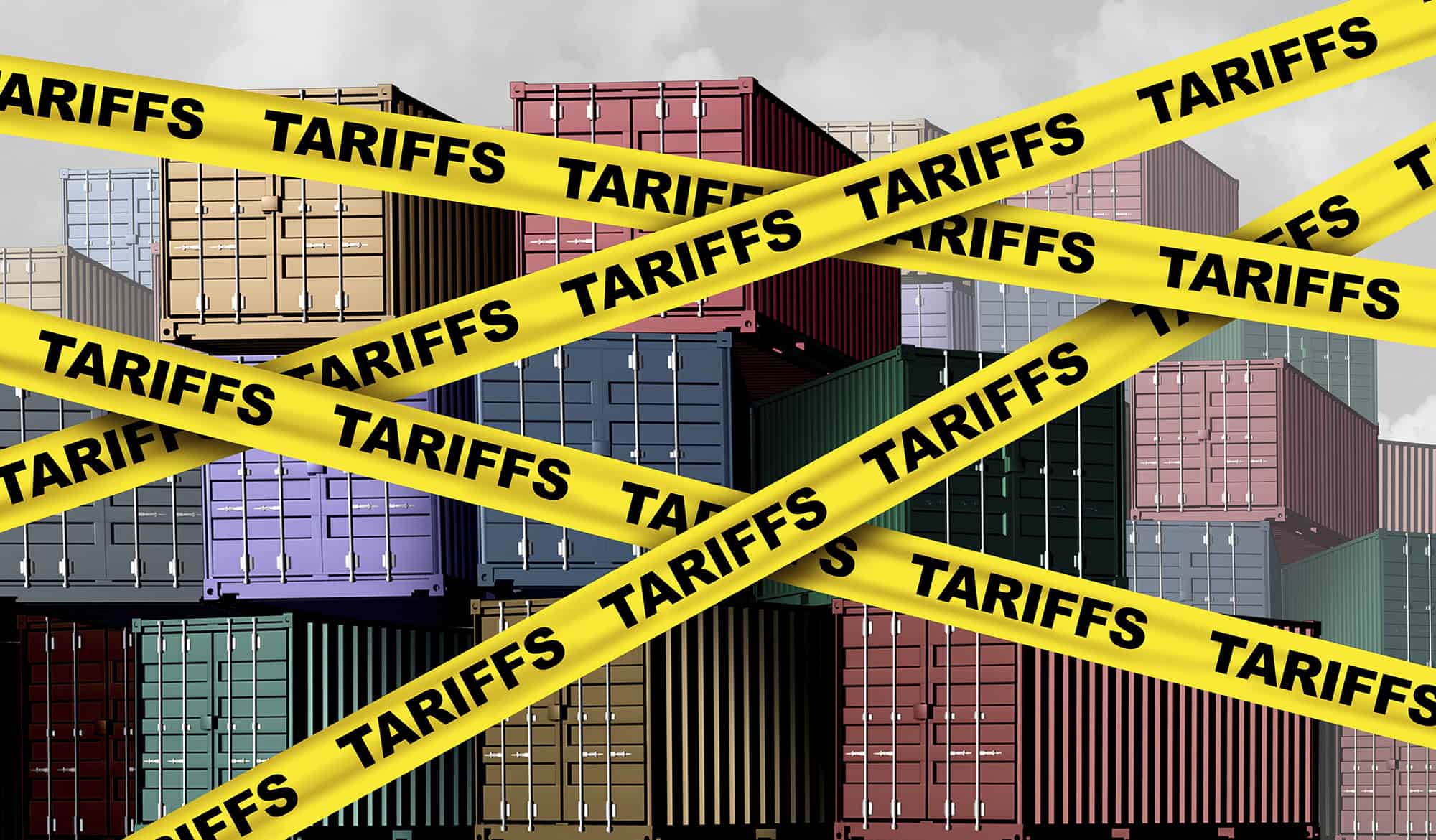
Whats is Tariffs: Understand the reason why USA imposing it.
Kehidupan di perantauan • 6 Februari 2025
Tariffs are taxes imposed by a government on goods and services imported from other countries. They serve several purposes:
- Revenue Generation: Tariffs can be a source of income for the government.
- Protection of Domestic Industries: By making imported goods more expensive, tariffs encourage consumers to buy domestic products, helping local businesses compete.
- Political Leverage: Tariffs can be used as a tool to exert pressure on trading partners or to respond to unfair trade practices.
There are different types of tariffs:

- Ad Valorem Tariffs: These are based on a percentage of the item’s value.
- Specific Tariffs: These are fixed fees based on the quantity of the item, regardless of its value.
- Tariff-Rate Quotas: These allow a certain quantity of goods to be imported at a lower tariff rate, but higher rates apply once the quota is exceeded.
Tariffs can affect consumer prices and have broader economic impacts, such as trade wars or changes in market dynamics.
Why the United States has imposed tariffs on several countries?
- Curbing Illegal Immigration: One of the main reasons cited is to pressure Mexico and Canada to take stronger actions against illegal immigration.
- Combating Drug Trafficking: Tariffs are also aimed at addressing the flow of illegal drugs, particularly fentanyl, from Mexico and Canada into the U.S.
- Trade Imbalances: The U.S. has imposed tariffs to address trade imbalances with its trading partners, aiming to protect domestic industries and jobs.
- National Security Tariffs are sometimes justified on national security grounds, especially regarding critical industries and technologies.
These tariffs have led to retaliatory measures from affected countries and have had significant impacts on global trade dynamics.
Some countries USA have imposed tariffs.
The United States has imposed tariffs on several countries, including:
1. China: Tariffs have been imposed on a wide range of Chinese goods, with rates varying depending on the product.
2. Mexico: Tariffs have been applied to various Mexican imports, primarily to address issues related to illegal immigration and drug trafficking.
3. Canada: Similar to Mexico, tariffs on Canadian goods have been implemented for reasons related to immigration and trade imbalances.
4. Japan: Certain Japanese products have also been subject to tariffs in broader trade negotiations.
5. Germany: Tariffs have been placed on some German imports, often as part of trade disputes or to protect domestic industries.
These tariffs are part of the U.S.’s strategy to address trade imbalances, protect domestic industries, and exert pressure on trading partners to change their policies.
What’s the overall impact of these tariffs?
Tariffs can have a wide range of impacts on economies, industries, and consumers. Here are some key points:
- Higher Consumer Prices: Tariffs often lead to higher prices for imported goods, which can increase the cost of living for consumers.
- Protection of Domestic Industries: By making imported goods more expensive, tariffs can help protect domestic industries from foreign competition, potentially leading to job creation and economic growth in those sectors.
- Trade Wars: Tariffs can lead to retaliatory measures from other countries, resulting in wars that can disrupt global trade and economic stability.
- Supply Chain Disruptions: Tariffs can affect supply chains, causing delays and increasing costs for businesses that rely on imported materials or components.
- Economic Output and Productivity: Studies have shown that tariff increases can lead to declines in domestic output and productivity, as well as higher unemployment and inequality.
- Impact on Specific Sectors: Certain industries, such as automotive and electronics, can be particularly affected by tariffs due to their reliance on imported parts and materials.
Overall, while tariffs can provide short-term benefits to specific industries, they often come with long-term economic costs and can lead to broader economic disruptions.

